The Best Way to Place Your Home Theater Speakers

Home Theater Speakers
In order to have the best possible experience of your new sound system it’s very important to know how to position your speakers. In the next few paragraphs we are going to guide you through the setup of your surround sound system.
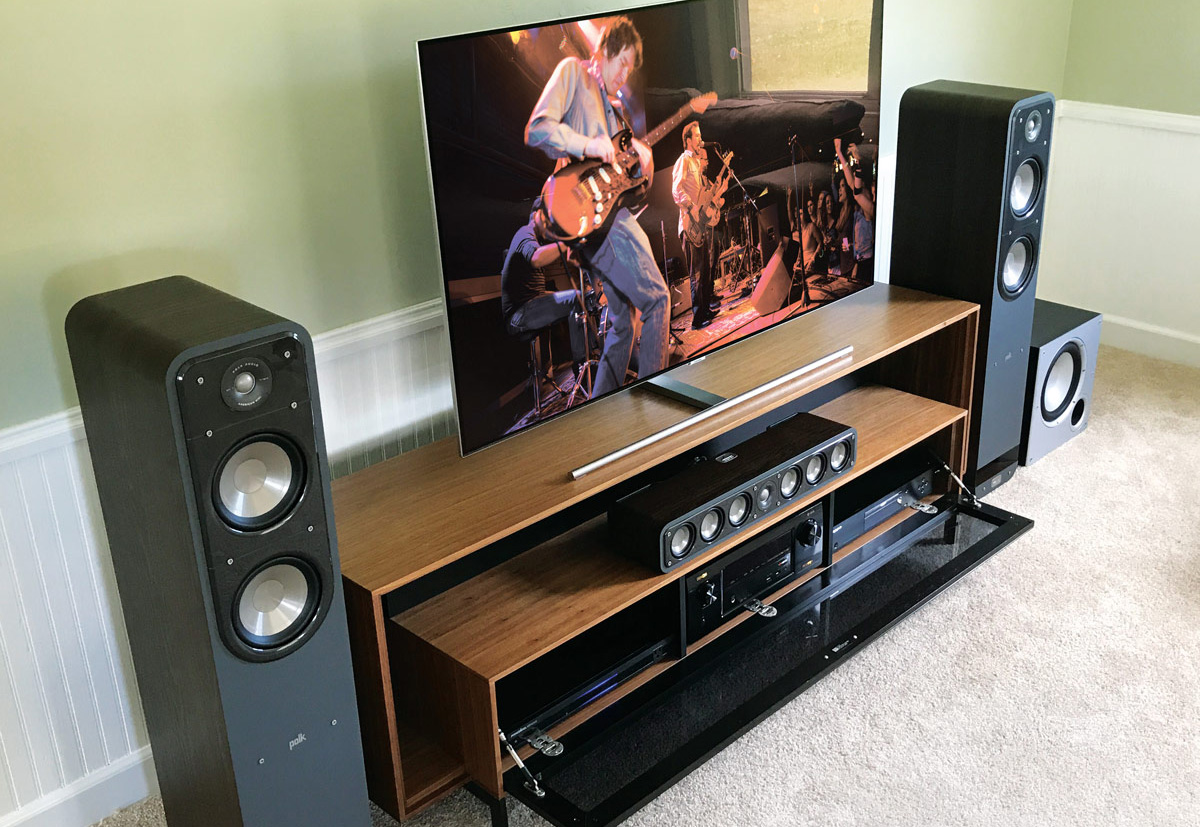
Why is this important?
We all know how much time we spend searching for the best speaker system. We read various online reviews and user experiences, watch product reviews on YouTube, read tons of forum topics and finally we buy the one we think is the best. However, if we don’t pay attention to the positioning of the speakers, we will definitely miss the great experience our speakers can offer.
This is why we have to put some effort into our speaker setup. Just read through the following paragraphs to see where should you place each speaker and what’s its function.
A brief info about Stereo, Surround sound and Audio Channels
The most simple and probably the most common audio setup is the stereo sound. We get in touch with stereo sound almost all the time – when we watch TV without additional speakers, when we listen to the radio or listen to music on our iPad.
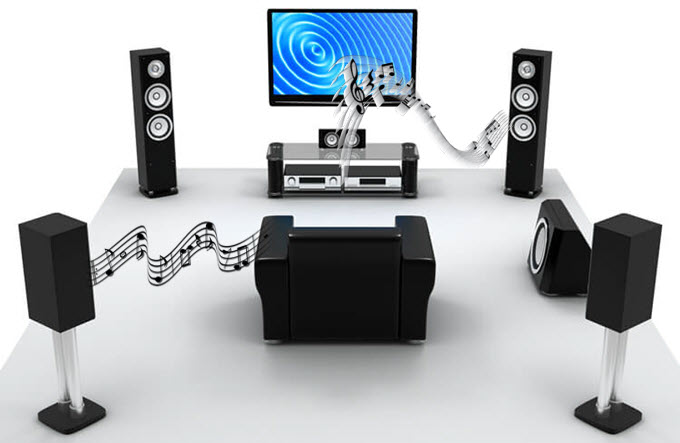
When we speak about the stereo sound we actually have two audio channels - one for the right speaker and one for the left.
If we speak in surround sound terms this is called a 2.0 system. Adding a subwoofer will make it 2.1. Today most frequently used systems are 5.1 and 7.1, although there are 11.2 systems. However, since most movies are mastered with 5.1 sound, there is no need to invest much more in anything above 7.1.
Now, let’s see what your speaker setup should look like.
How to position a 2.1 system?
At the beginning we would like to discuss the best positioning for a 2.1 channel system.
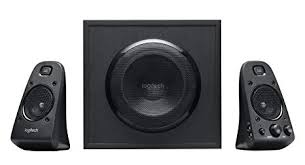
The 2.1 system consists of 2 speakers and 1 subwoofer. The subwoofer generates low-frequency sound and it’s omnidirectional so it’s OK to place it anywhere in the room. Just make sure you can easily connect it to the receiver and avoid placing it near the wall or in a corner since it will make the sound more directional.
The other 2 speakers will broadcast all the music, sound effects and dialogues. The best position will be toplace them 3-4 feet off the center of the screen and at the heght of the listener.
How to position a 5.1 system?
In order to create an immersive surround sound you can’t go below a 5.1 channel speaker system.
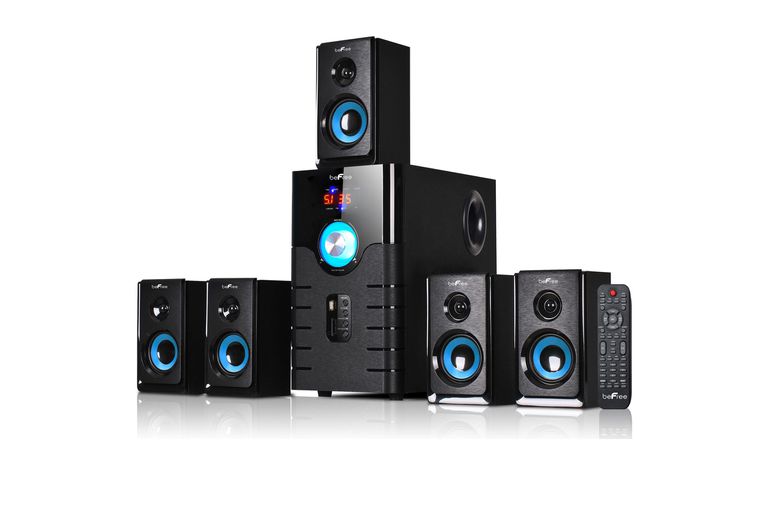
To properly configure a 5.1 system, you should first position the subwoofer and the front channels first, just like in the 2.1 setup. After that add the center and surround channels.
The role of the center channel is to deliver dialogues. This is the reason why we need to position this speaker at the center of the main viewing seat. This will make the actors sound like they are speaking directly out of the screen.
The role of the left and right surround sound channel is to deliver ambient and environmental sounds. For best experience we need to position these speakers approximately 90-110 degrees according to our listening position and a little above our heads. The sound coming from these speakers should come from the side or from the back.
How to position a 7.1 system?
Although most DVD and Blu-ray discs come with 5.1 channel support, the number of 7.1 surround sound mastered releases is increasing as well. In order to properly setup a 7.1 system we have to position the subwoofer first and the front left and right channels. Then comes the center channel and the two surround sound channels. At the end we have to position two back speakers – the left and the right.
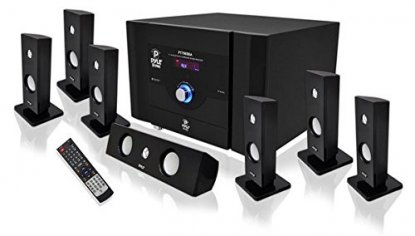
The 7.1 system is designed to provide even more realistic surround sound experience. This is achieved by adding the two surround sound channels. The ideal position for these is up to 150 degrees behind the listener and above head level.
Additional tweaks for better home theater experience
If you follow the guidelines given above you will definitely have a much better listening experience than most people. However, there is always room for improvement so let’s see what you can do to make it better.
Automatic Calibration
In most cases we set up our home theaters in our living rooms and other rooms. In rare cases we have a room dedicated to be a home theater only. This is the reason why the acoustic settings won’t be ideal. Of course we can manually fine tune the audio output of our wireless surround sound system but the automatic calibration is generally the easiest and in most cases the most accurate way to do this.
What we have to do is to check the documentation of our receiver and see whether it supports a microphone-enhanced optimization. Although each company will name this system differently, the idea is to hook up a tin microphone to the receiver, place it at the approximate position of the listener’s head and send some signals and tones over the speakers. The receiver will then automatically adjust the speakers and deal with muddy sounds, echoes and similar.
Adjust the Center Channel
The automatic calibration feature is truly awesome but there are situations where you will have to turn up the volume to hear specific dialogues and when the action scene comes you will get basted off. If this happens then you have to adjust the center channel. All you have to do here is to go to the receiver and increase the center channel output until the dialogue is loud and clear.
Upgrade Your Speaker Cables
By upgrading your cables we don’t mean you have to buy the most expensive ones on the market. Instead just upgrade to some thicker cables than the ones you are currently using.
Demo Trailers
It is normal that your receiver has a built-in tone test, but you have to admit it isn’t fun at all. Yes you will get the idea of its surround sound abilities but there is something much better than just listening to a series of beeps. So, either grab some individual demo trailers or one of your favorite movies. Hopefully, there will be enough explosions and other sound effects to tell you whether you have done a good job.
